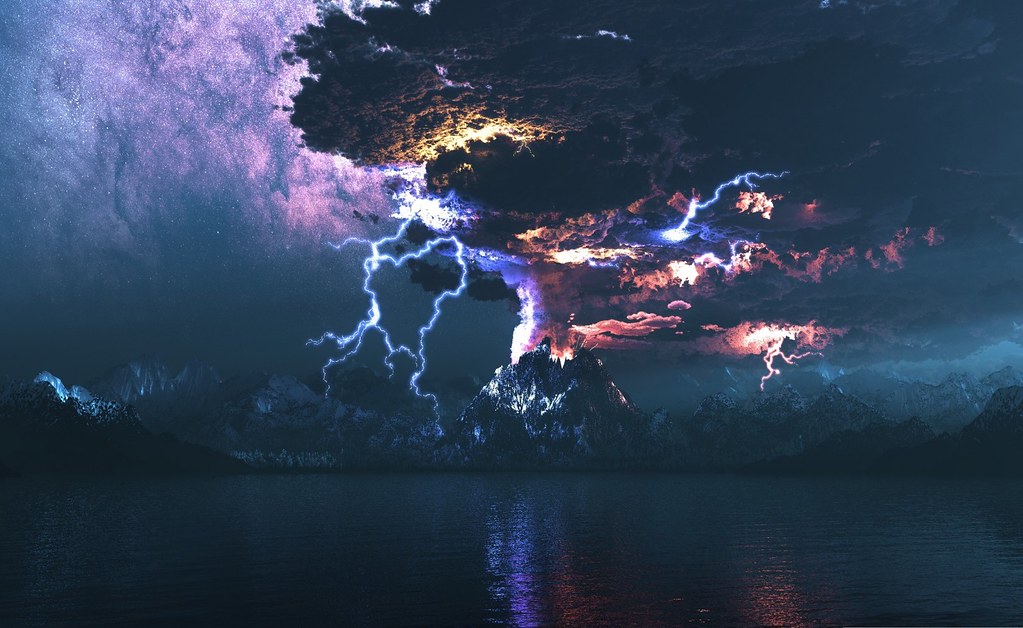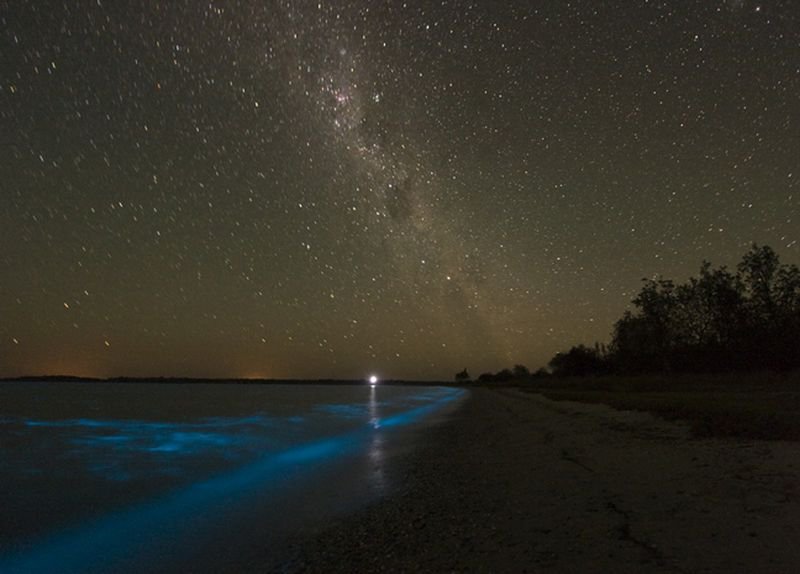
Moonbows form when light reflected off the surface of the moon combines with moisture in the air. Where: While you can find moonbows in numerous locations, you'll have the best luck with spray moonbows in Yosemite National Park in California, Victoria Falls in Africa and at Cumberland Falls in Kentucky. If you go in February, you can attend the Festival de la Mariposa Monarca, held in the town of Angangueo. The area is home to the majority of wintering monarchs and was only discovered in the 1970s. The ultimate place to go, however, is the Mariposa Monarca Biosphere Reserve, about 62 miles northwest of Mexico City. Some of the best places to spot the monarchs are in Pacific Grove, Santa Cruz and Grover Beach, California where the western population overwinters. Charles Darwin first described penitents in 1839, when he was forced to squeeze his way through a field of the formations near Piuquenes Pass on his way to Mendoza, Argentina.Įvery year, hundreds of millions of monarchs migrate from Canada to Mexico and Baja California-a trip that spans the lifetime of three to four generations of the butterflies. These high-altitude snow formations resemble tall, thin blades that reach toward the sun. Penitentes can range in size from less than an inch to more than 16 feet high. Where: In the Dry Andes above 13,120 feet

Locals sometimes gather the seed pits from the goats droppings to make argan oil that is used in cooking or in beauty products. Populations of goats have been doing this for years and are very adept at making their way along the branches. Goats in these areas have found a way to adapt, however: They learned to climb argan trees to access the plants nutritious berries.

In the arid deserts of Morocco, food can be hard to find. With a little inspiration and a good deal of advanced planning, you'll have a shot at experiencing 15 of the most interesting and unbelievable sights, sounds and events nature has to offer. While creating our list, we made sure each event occurs at regular intervals at a given destination. This list serves as a humble beginning, a short bucket list of Mother Nature's spectacles that may just help you choose your next big travel adventure. You haven't seen it all until, well, you've seen it all. Explained or not, the mystery and majesty of these rare sights remind us of how big the Earth is. Not even Google has all the answers.Īnd that's the beauty of it. What's more, some of these incredible events-such as ball lighting-still puzzle scientists today. Over time, science has helped explain most of these natural occurrences, from volcanic eruptions to shooting stars, but that doesn't make it any less awe-inspiring-or, at the very least, surprising-when you're suddenly confronted by, say, a herd of goats that's somehow managed to climb a tree (yes, it happens).

For instance, ancient Greeks had Zeus in charge of lightning and the Egyptians attributed the sun's transit across the sky to the efforts of their god Ra. Perhaps that's why, for thousands of years, humans have created stories and myths to help explain even the simplest of Earth's natural phenomena.

Sometimes nature creates displays so incredible-heavy stones that seem to drag themselves across a dry lakebed, fish that literally rain down from storm clouds and stunning colored lights that dance silently in the crisp night skies of the polar regions-that we can hardly believe our eyes, let alone come up with a plausible explanation for them.


 0 kommentar(er)
0 kommentar(er)
